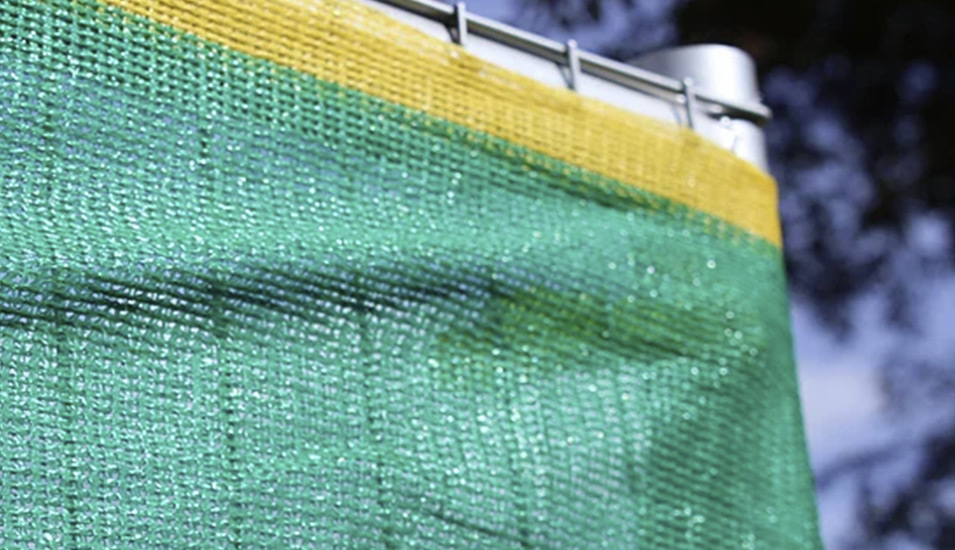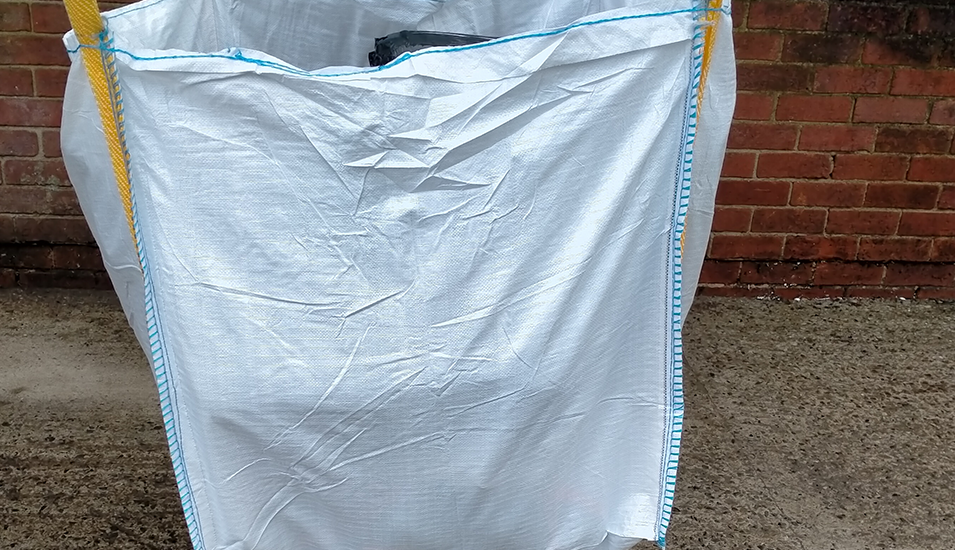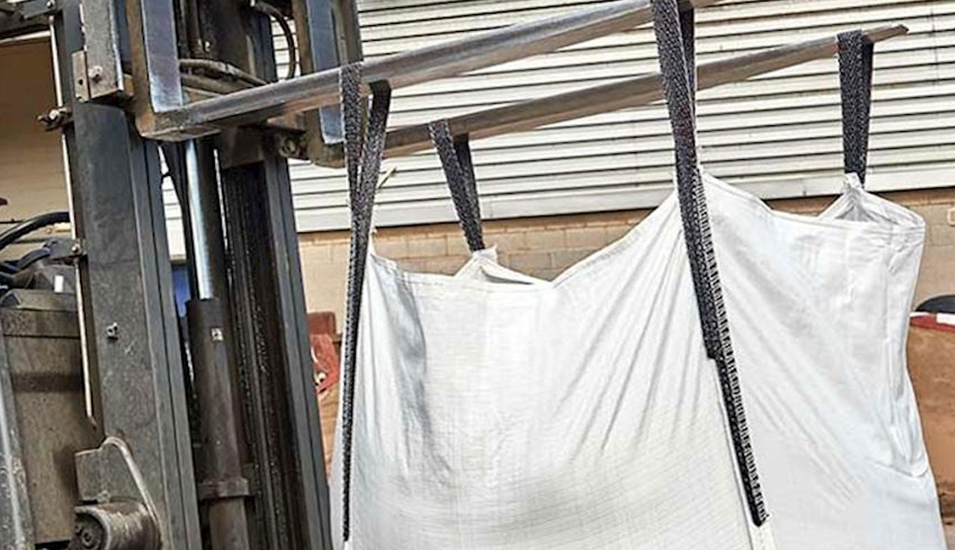
In this article we look to explore why and how debris netting makes your construction site safer.
Construction sites can be dangerous places.
There are many potential hazards that workers face on a daily basis, including falling objects, exposure to toxic chemicals and noise pollution.
One of the most effective ways to reduce the risks associated with these hazards is to implement a debris netting system.
Debris netting is a type of safety netting that is designed to catch falling objects and debris, preventing them from hitting workers or causing damage to equipment.
Table of contents:
What Is Debris Netting?
Debris netting provides an optimum solution for:
- Protection of site personnel
- Road and pedestrian traffic from the risk of falling tools and debris
- Damage to adjecent buildings
It can also act as an effective wind, vision or shade barrier for the protection of operatives whilst on site.
Our debris netting products can provide a fine mesh overlay to installed safety netting systems & and attached to edge protection systems
If you wish to keep your construction site safe visit the Qube UK shop here.
Why is Debris Netting Necessary
Sometimes following safety precautions and ensuring your workspace is safe can feel extensive and a task at times.
It’s common for the Health and Safety practices to lower in standard over time.
Employees may begin to ignore safety procedures, putting them in danger.
Overconfidence in one’s ability to carry out a task may lead to errors in judgment. This can be a recipe for disaster.
Netting, guardrails, and personal fall arrest systems are all examples of fall protection.
Roofs with a weak or unstable foundation must have safety netting installed below.
The safety of your employees should be a top priority in such situations, and netting is an essential and critical component.
In most cases, a lack of it will be costly for those involved.
A fatal incident in the work place can ripple for several years and will be felt by more than just the worker and their family.
Traumatic events might impede a company’s functioning, but they can also destroy workers’ morale.
Leaving the worker with lack of confidence when it come to feeling protected in the work place.
Advantages Of Using Debris Netting To Make Your Construction Site Safer
There are many benefits of using debris netting on construction sites, including:
– Reduced risk of injuries
By catching falling objects and debris, debris netting can help to prevent injuries.
– Reduced damage to equipment
Debris netting can also help to protect equipment from beingdamaged by falling objects or debris.
– Improved site safety
Debris netting can improve the overall safety of a construction site by reducing the risk of injuries and damage to equipment.
– Increased productivity
By improving the safety of a construction site, debris netting can also help to increase productivity as workers will be able to work more efficiently
Having less fear of being injured.
Why and Where to Use Debris Netting
Even the tiniest of objects that fall from a great distance can be deadly.
Netting protects equipment or goods from falling over the side and striking people, equipment or structures below.
When it comes to construction, most people consider new buildings.
Debris netting is also essential for demolition and refurbishing projects.
You are able to install it both horizontally and vertically:
- Around scaffolds
- Over floor openings
- Inside elevators
- Around multi-story buildings
Debris netting is also brightly coloured, so it serves as a visible barrier to warn workers that there’s an opening or edge near by.How to Install Debris Netting
Installing debris netting is a simple process and can be done by anyone.
Installing Debris Netting To Scaffolding
1.The area to be protected should be secured by securing the scaffolding around the perimeter.
2. Secure the netting to the scaffolding with anchors.
3. Attach the netting to the edge protection system using the correct equipment and safety protection.
4. Attach the debris netting to the top.
5. Repeat on all remaining sides as required.
6. Ensure the netting doesn’t sag under it’s own weight and is pulled taught.
This can be specialist work, depending on the size of the project.
It is suggested that you seek professionals to execute such a job.
How Debris Netting Makes Your Construction Site Safer
Debris netting is installed around the perimeter of a construction site, typically at heights of between 4 and 6 metres.
The netting is attached to posts or other support structures using cables or ropes
When installed correctly, debris netting forms a barrier that catches falling objects and debris.
Help stop such material from hitting/ harming workers or causing damage to equipment.
Debris netting can help to improve the safety of a construction site.
Preventing injuries and damage to equipment.
Also helping to increase productivity by allowing workers to work more safely and efficiently.
Why Safety On Constructions Sites Is Important
Before any construction project begins, the health and safety of your staff should be a top priority.
Before you set foot on the construction site, you should always double-check that all aspects of health and safety have been considered.
Construction health and safety are critical since the industry is prone to hazardous events and can be deadly at times.
If you don’t have the appropriate health and safety measures in place, you’ll almost certainly be in violation of the law.
This implies that depending on the degree of danger, your company may be fined, sued, or even shut down.
There are several other long-term advantages to your company that go beyond health and safety.
Your workers will be happier in their jobs if you use the correct health and safety standards.
It can boost morale and lead to improved productivity if your employees have the appropriate understanding and tools.
Most people want to feel as though they are protected at their place of work.
Especially when that place of work consists of many elements that can go wrong.
No one wants the worry of their health being at risk.
Safety in Construction Equals Fiscal Savings
People sometimes overlook long-term savings when purchasing safety.
Construction businesses must have insurance, and at time it comes at a high price.
You on site safety is what determines the prices for the construction insurance.
This places your construction sites’ safety in the hands of an insurance company.
Such companies rate how many accidents happen and from which they charge your business accordingly.
The less prone to accident you site is rated, the less you are charged for insurance.
In other words, the safer you are, the more money you save on insurance.
Where Can I Get Debris Netting?
Debris netting is an essential component of any construction site.
It should therefore be used whenever there is a risk of injury or damage from falling objects or debris.
Qube UK is the leading supplier of debris netting in the UK, with a wide range of products available.
For more information on our debris netting products, please visit our website or contact us today.
QUBE UK | Debris Netting Supplier | FIBC Bulk Bag Manufacturer



